The rich, creative life of Moomins creator Tove Jansson
Finnish artist and Moomins creator Tove Jansson was free, independent and nonconformist, as a new Paris exhibition delving into her life and work reveals
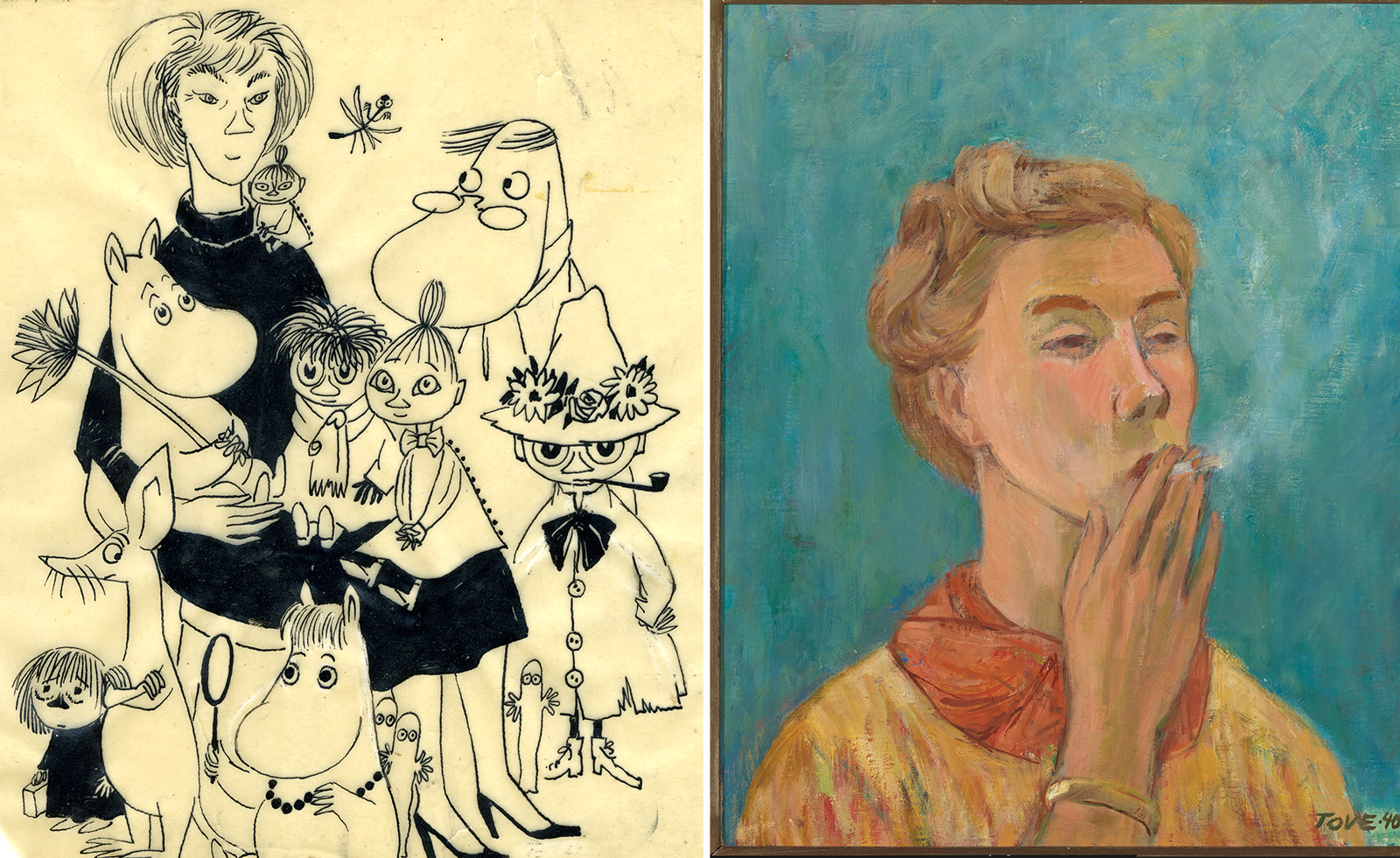
As a female, queer artist working in the years before and after the Second World War, Finnish artist and Moomins creator Tove Jansson (1914-2001) was compelled to carve out a unique career as a painter, illustrator and, later, author. Her fantastical, rich aesthetic was reflected in her vibrant personality, both of which came together in her rich body of work, which encompasses texts, illustrations and paintings.
Jansson’s eclectic body of work is now the subject of a new Paris exhibition, ‘Houses of Tove Jansson’, curated by art institution The Community. Produced both with Jansson’s estate and Moomin Characters, the retrospective examines Jansson’s life and oeuvre and, for the first time, considers her work alongside contemporary artists.
‘Houses of Tove Jansson’, Paris
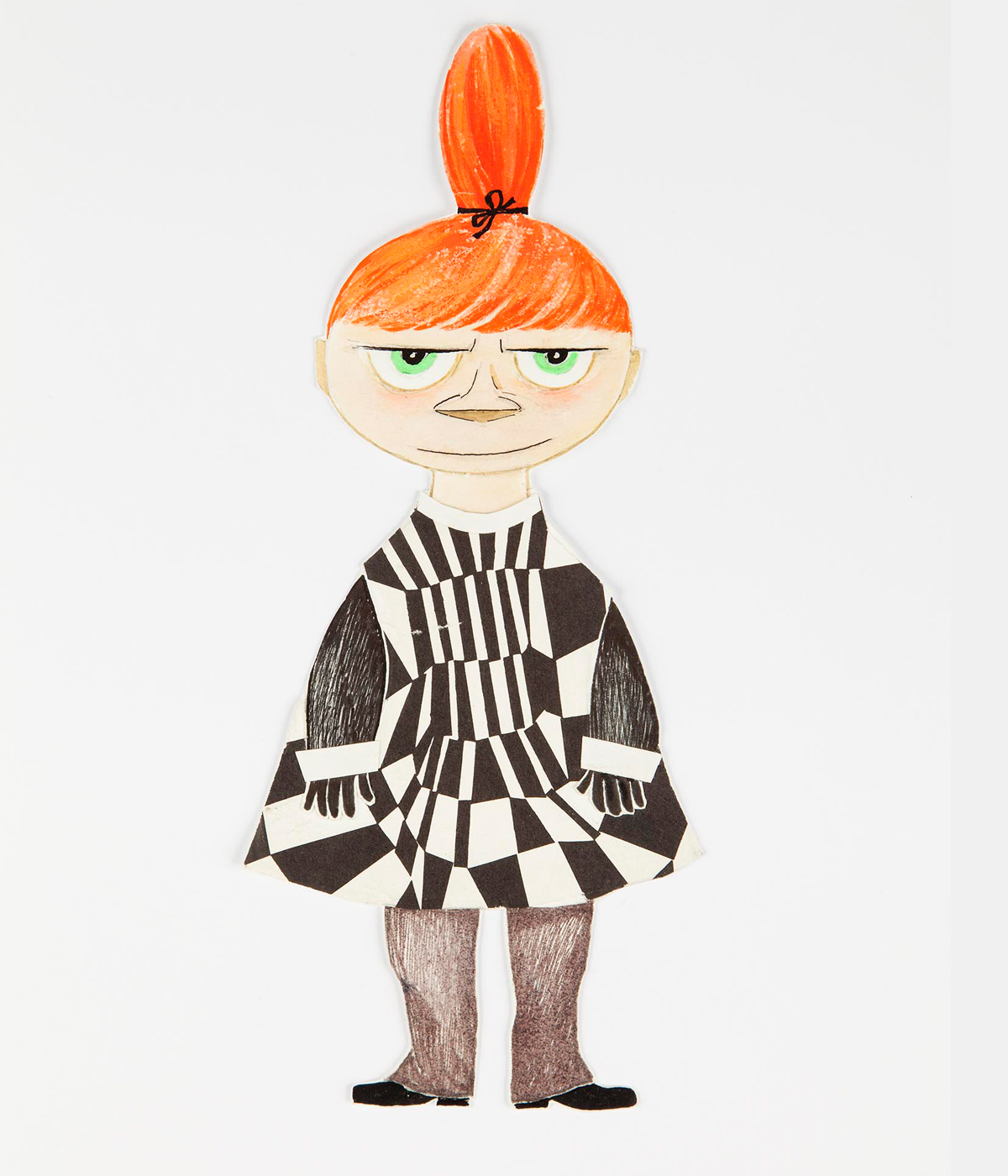
Tove Jansson, Little My Paperdoll, Undated. Mixed technique
‘Tove started to exhibit her work and receive commissions gradually towards the end of the 1930s,’ say curators Tuukka Laurila and Sini Rinne-Kanto. ‘She also did many illustration works in order to gain enough money to live. However, the constant critique and the strictures of the art world and the war gave her the impulse to focus on the first Moomin book. As the Moomin books started to have success, she wanted to focus on them to be independent financially.
‘It is interesting to observe this trajectory – she aspired to be a fine artist (and succeeded in it!) but turned towards other modes of expression after facing some [disappointments]. The Moomin books gave her a certain freedom and independence, a unique space in which she was free to explore her dreams and to do whatever she wanted.’

Tove Jansson, In the heat of the stove, 1953. Oil
Her personal life constantly informed her work, with characters in the Moomin books often plucked from her close circle. ‘Before meeting Pietilä [her life partner Tuulikki Pietilä] Jansson had already started to explore queerness, having had several same-sex relationships during and after the war, notably with the theatre director Vivica Bandler (1917-2004),’ Laurila and Rinne-Kanto add. ‘Jansson worked with Bandler on the first Moomin play, Comet in Moominland, shown at Helsinki’s Swedish Theatre in 1949. The two were the inspiration behind the respective characters of Thingumy and Bob, who first appeared in Trollkarlens hatt (Finn Family Moomintroll) (1948), carrying a strange suitcase and speaking a secret language of their own.’
Personal artefacts in the exhibition give a context to Jansson’s work, which is rooted in her home in downtown Helsinki, her favourite city of Paris, and in the isolated Klovharun Island in southern Finland. ‘We have included for example films, audio recordings, photographs, drawings and diaries that Tove and her partner Tuulikki Pietilä made either during their numerous journeys or in their solitary island Klovharun. They might seem mundane but they open up new perspectives in their lives and works. And understanding this attitude they had in life was important for us in the process – seeing that everything was made into art around them is so inspiring.’

Tove Jansson, Unnamed, 1971. Ink
The development of Jansson’s distinctive style is traced from her early self-portraits through to these documentations, also taking in early illustrations for books including Alice in Wonderland and The Hobbit and her classic Nordic novel. Say the curators: ‘Her later books Den ärliga bedragaren (True Deceiver) (1982) and Rent Spel (Fair Play) (1989) both demonstrate the considerable development of her literary tone: the hint of darkness that was earlier present in her children’s books through tangible disasters and threats is now expressed through more complex characters and literary strategies. The exhibition seeks to convey this development also by sharing stories of Tove’s life, essentially what inspired Tove to make these works.’
Receive our daily digest of inspiration, escapism and design stories from around the world direct to your inbox.
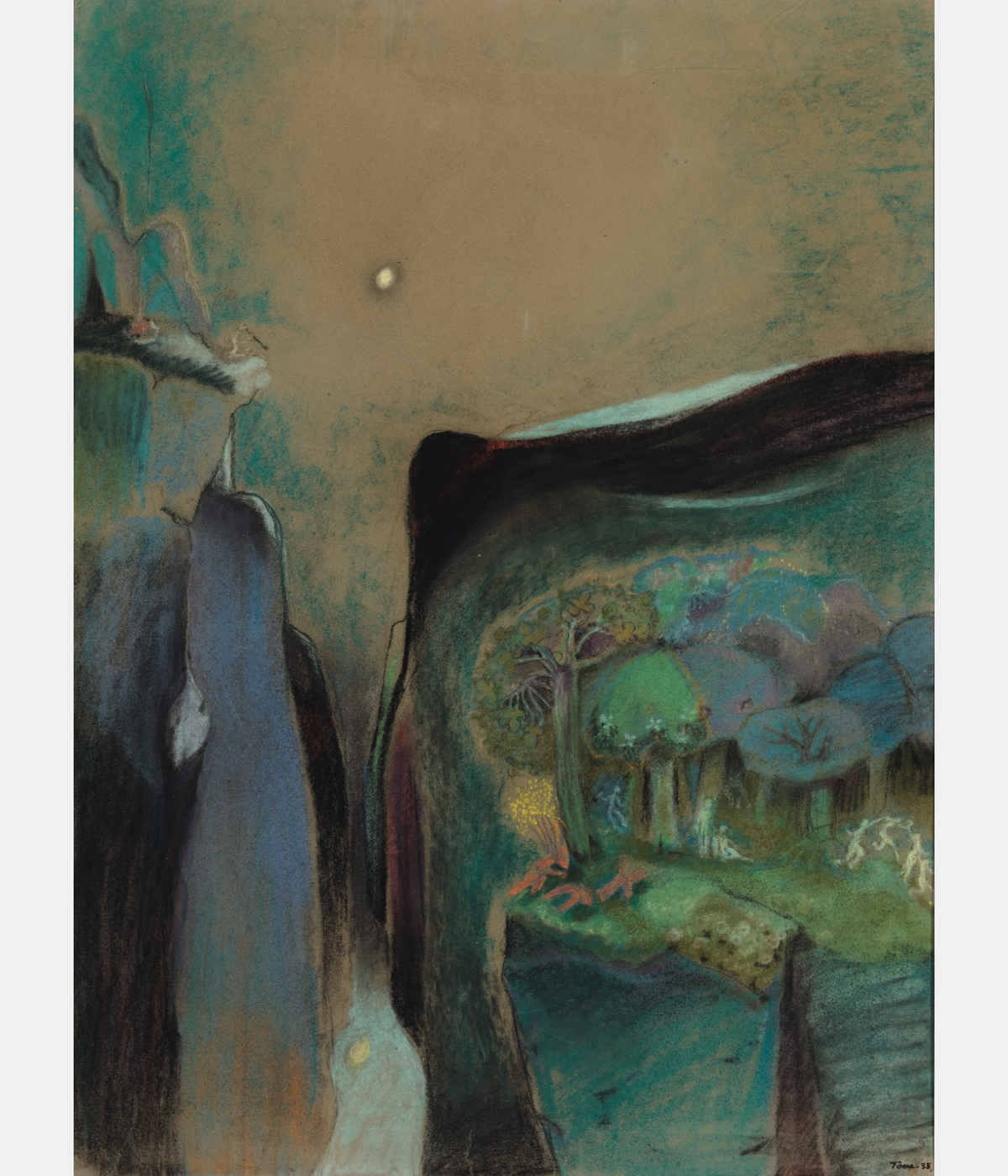
Tove Jansson, Recluse, 1935. Pastel on paper
In this exhibition, Jansson’s works are showcased alongside artists including Anne Bourse, Emma Kohlmann, Ida Ekblad, Vidya Gastaldon and Carlotta Bailly-Borg. Moomin Characters has also marked the retrospective with one-of-a-kind capsule collections created in collaboration with D’heygere, Vitelli, Ana Kraš x CC Tapis and Sabine Marcelis. Say Laurila and Rinne-Kanto: ‘“Houses of Tove Jansson” seeks to offer an all-encompassing view on Tove’s life and work, and this is why it’s so important – and an honour – for us to show these more personal aspects for the visitors.’
The exhibition takes place 29 September – 29 October 2023 in a former printshop, at Espace Mont-Louis, 8 Impasse de Mont Louis in the 11th arrondissement of Paris
‘Houses of Tove Jansson’ will be free but require registration. For more information, visit housesoftovejansson.com

Tove Jansson, Little My Paperdoll, Undated. Mixed technique
Hannah Silver is the Art, Culture, Watches & Jewellery Editor of Wallpaper*. Since joining in 2019, she has overseen offbeat art trends and conducted in-depth profiles, as well as writing and commissioning extensively across the worlds of culture and luxury. She enjoys travelling, visiting artists' studios and viewing exhibitions around the world, and has interviewed artists and designers including Maggi Hambling, William Kentridge, Jonathan Anderson, Chantal Joffe, Lubaina Himid, Tilda Swinton and Mickalene Thomas.
-
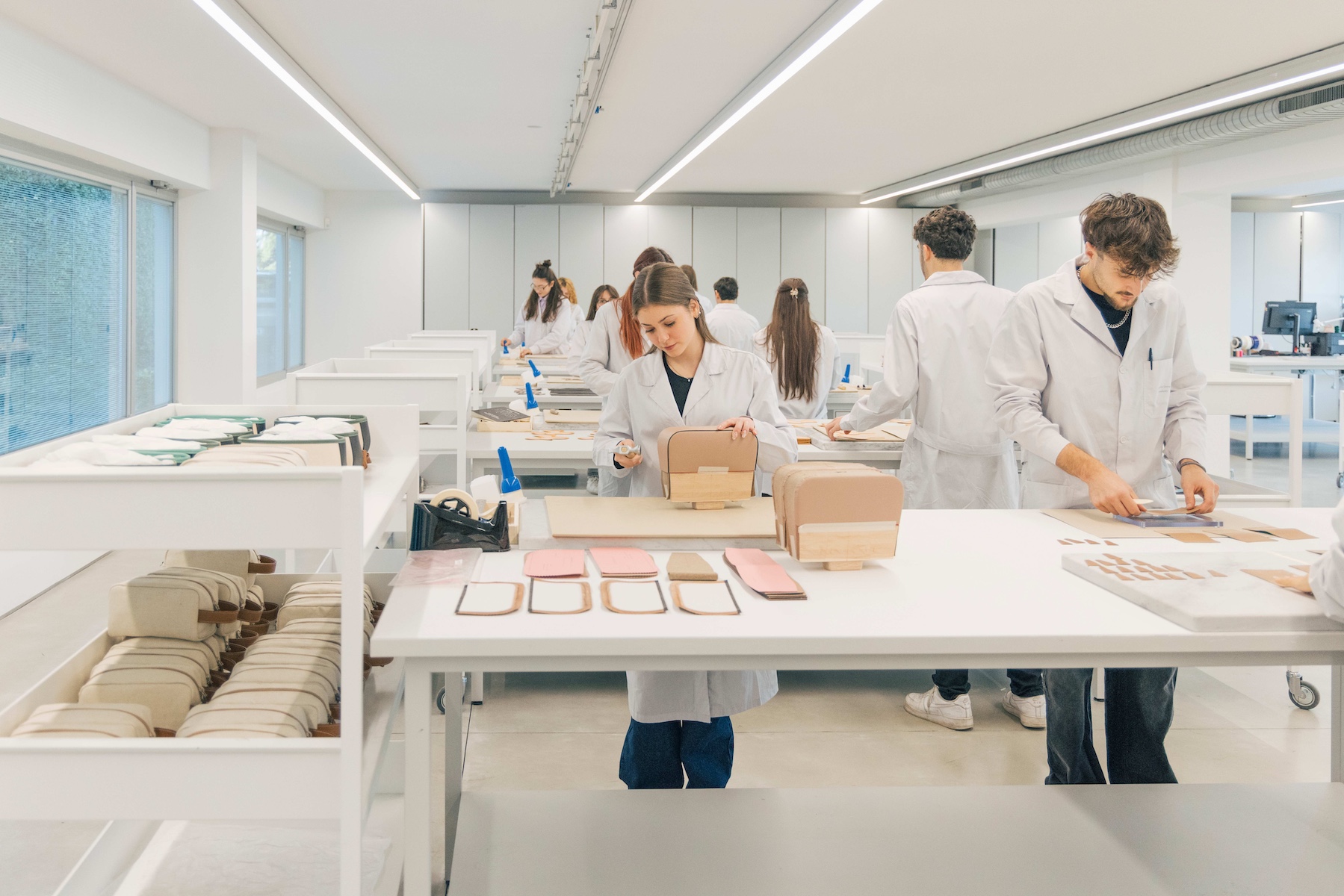 At its academy, Prada sets an agenda for the future: ‘Technology cannot replace the ability to work with your hands’
At its academy, Prada sets an agenda for the future: ‘Technology cannot replace the ability to work with your hands’Wallpaper* takes a trip to the Prada Group Academy in Scandicci, Tuscany, where Prada CEO Andrea Guerra and CMO Lorenzo Bertelli outline the future of Italian craft on the institution’s 25th anniversary
-
 Nadia Lee Cohen distils a distant American memory into an unflinching new photo book
Nadia Lee Cohen distils a distant American memory into an unflinching new photo book‘Holy Ohio’ documents the British photographer and filmmaker’s personal journey as she reconnects with distant family and her earliest American memories
-
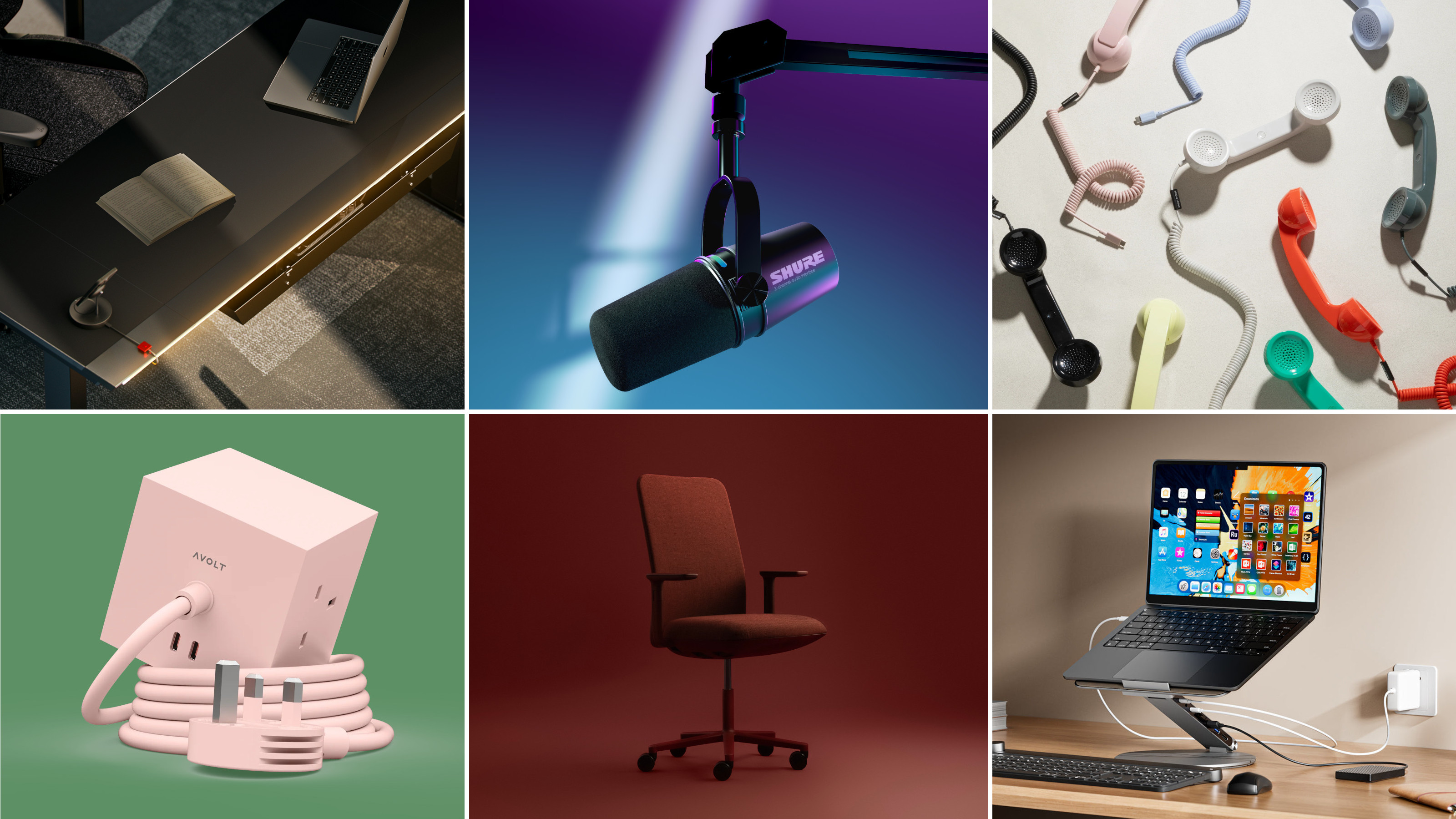 Hunker down in a perfectly equipped work-from-home hub this winter
Hunker down in a perfectly equipped work-from-home hub this winterIf your WFH set-up needs an upgrade, or if you need to kit out a new small business from scratch, we’ve got you covered
-
 Inez & Vinoodh unveil romantic new photography series in Paris
Inez & Vinoodh unveil romantic new photography series in ParisA series of portraits of couple Charles Matadin and Natalie Brumley, created using an iPhone in Marfa, Texas, goes on show in Paris
-
 Inside Davé, Polaroids from a little-known Paris hotspot where the A-list played
Inside Davé, Polaroids from a little-known Paris hotspot where the A-list playedChinese restaurant Davé drew in A-list celebrities for three decades. What happened behind closed doors? A new book of Polaroids looks back
-
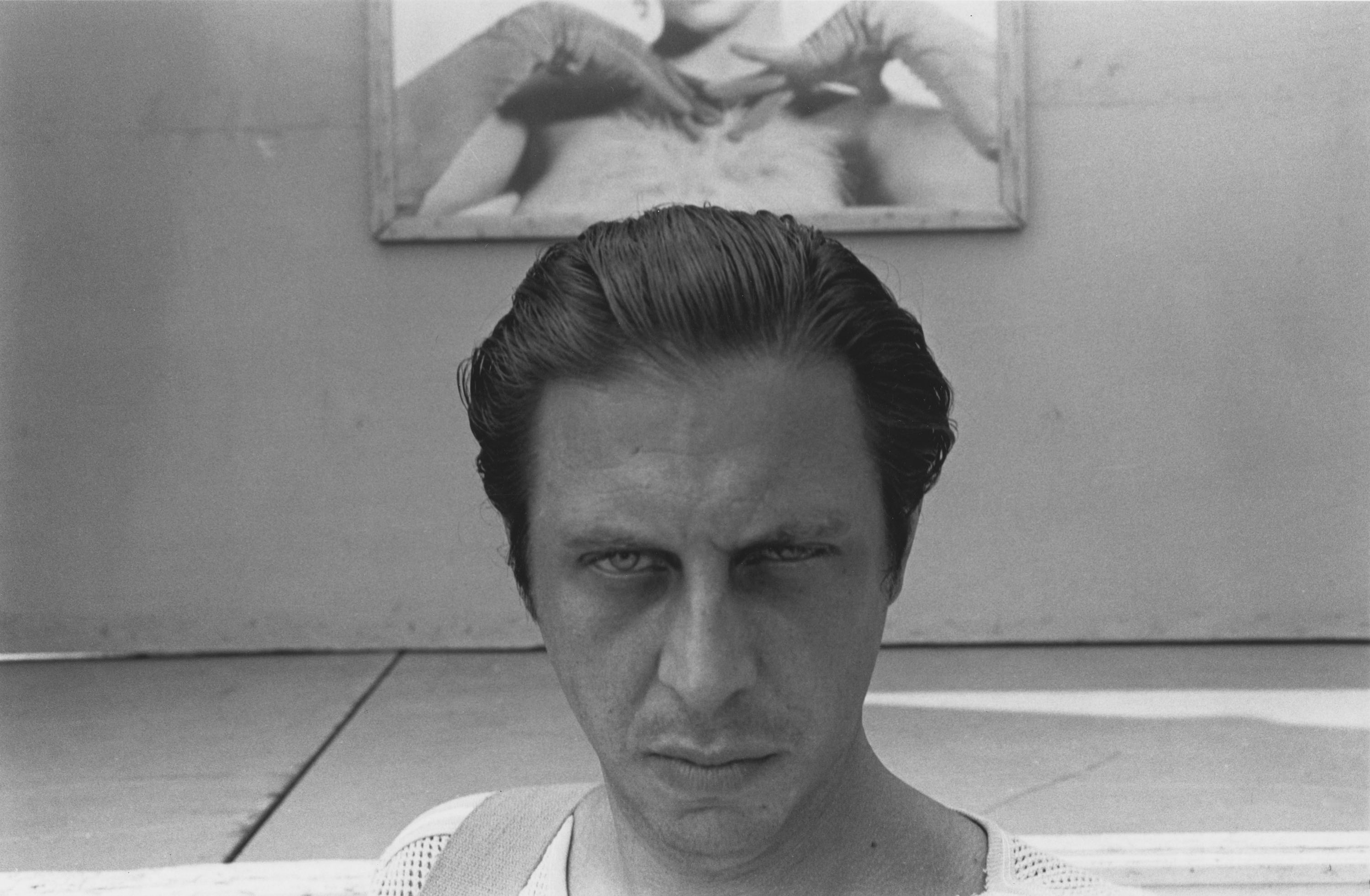 All eyes on Paris Photo 2025 – focus on our highlights
All eyes on Paris Photo 2025 – focus on our highlightsThe world's most important international photography fair brings together iconic and emerging names, galleries large and small – and there’s much to covet
-
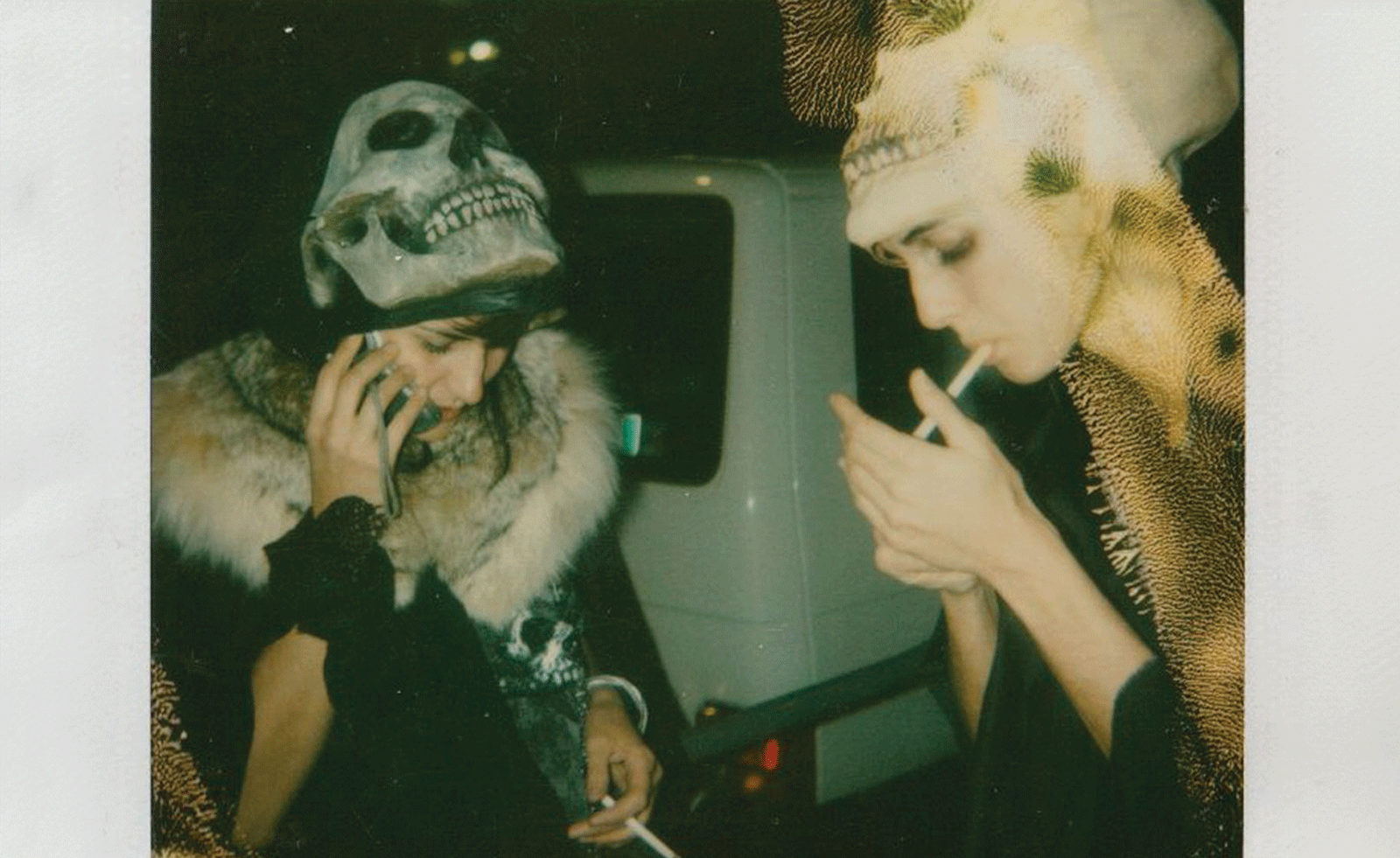 Ten things to see and do at Art Basel Paris 2025
Ten things to see and do at Art Basel Paris 2025Art Basel Paris takes over the city from 24-26 October. Here are the highlights, from Elmgreen & Dragset to Barbara Kruger and Dash Snow
-
 Yulia Mahr digs beneath the skin in her modern update of classic Greek statues in Paris
Yulia Mahr digs beneath the skin in her modern update of classic Greek statues in ParisIn 'The Church of Our Becoming', on view at the Courtyard at Dover Street Market Paris, Yulia Mahr celebrates real human bodies
-
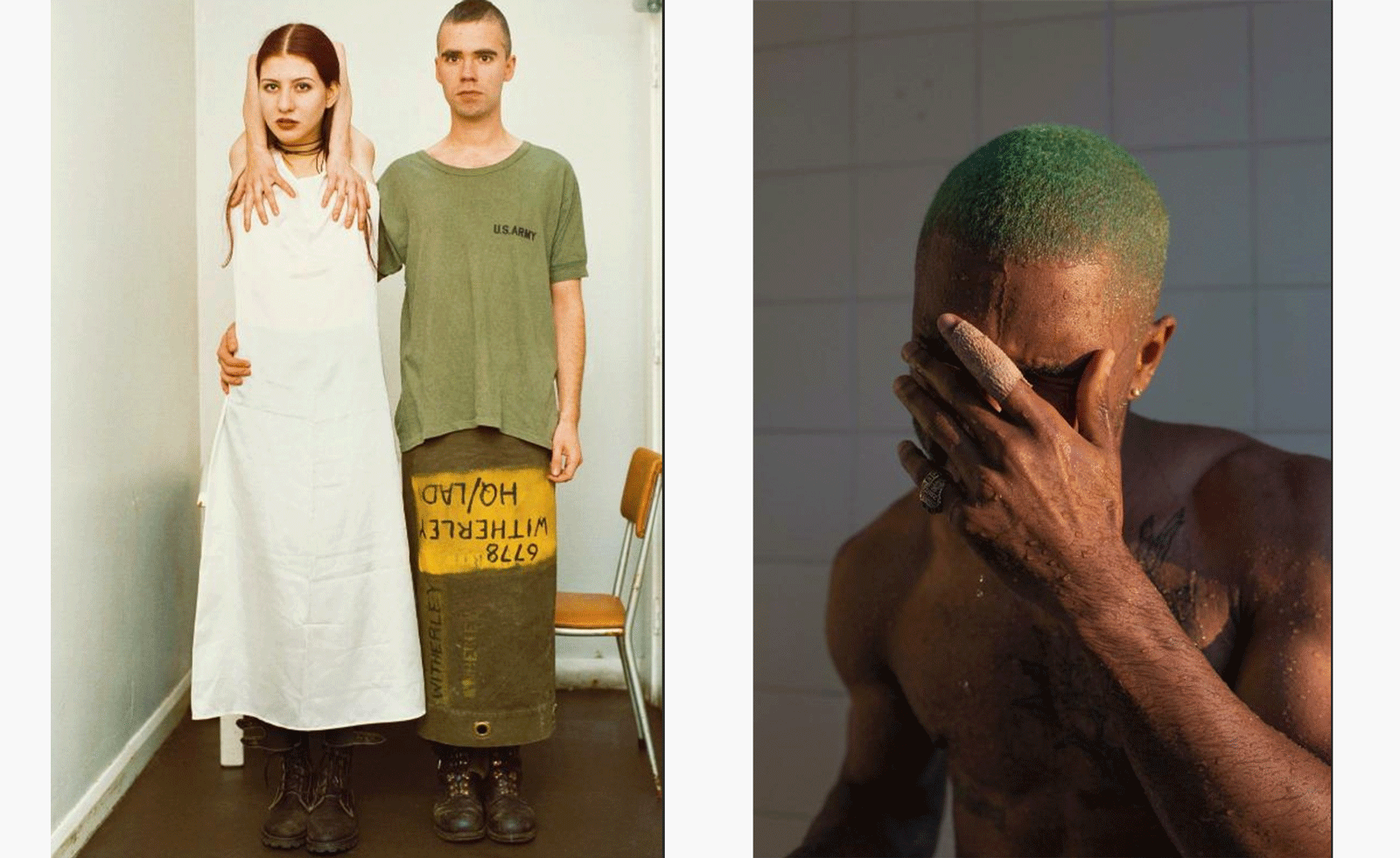 Wolfgang Tillmans brings a performative edge to bibliophilia at the Centre Pompidou’s library
Wolfgang Tillmans brings a performative edge to bibliophilia at the Centre Pompidou’s libraryAs the Centre Pompidou’s library is emptied ahead of the venue’s five-year restoration, the German photographer moves in for a final fling of a Paris exhibition
-
 A song for the dead – Josh Homme on performing for six million souls in the bowels of the Paris Catacombs
A song for the dead – Josh Homme on performing for six million souls in the bowels of the Paris CatacombsA rock band, a brush with death and an underground tomb coalesce in haunting new Queens of the Stone Age film, ‘Alive in the Catacombs’. Wallpaper* meets frontman Josh Homme and director Thomas Rames
-
 ‘David Hockney 25’: inside the artist’s blockbuster Paris show
‘David Hockney 25’: inside the artist’s blockbuster Paris show‘David Hockney 25’ has opened at Fondation Louis Vuitton in Paris. Wallpaper’s Hannah Silver took a tour of the colossal, colourful show